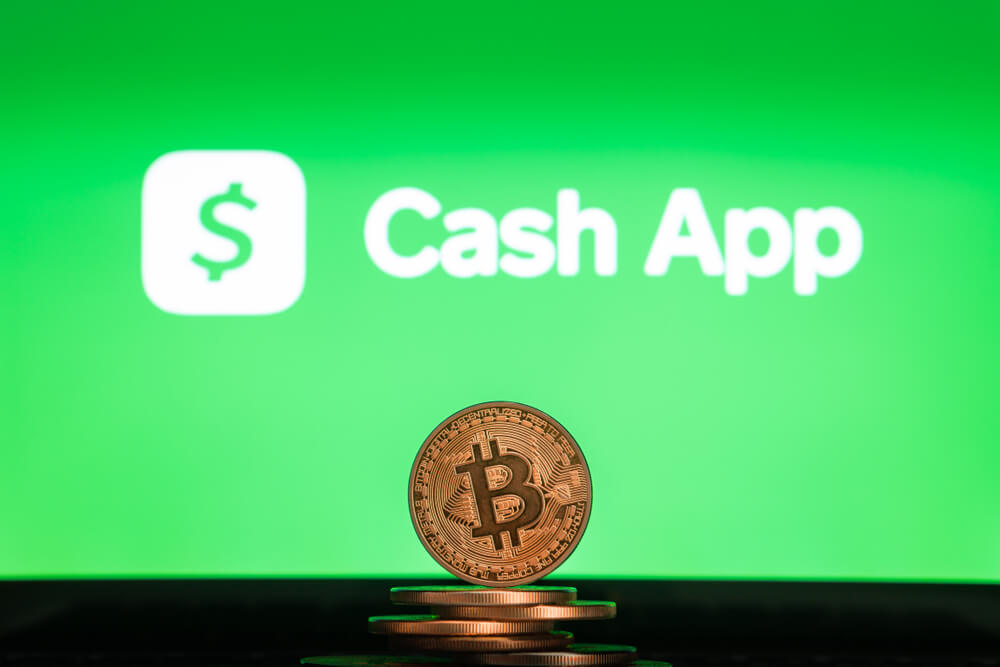
How to Send Bitcoin on Cash App: A Step-by-Step Guide
Key Takeaways:
Sending Bitcoin this way is easy:
- Both activate Cash App’s bitcoin.
- The sender enters the recipient’s details.
- Inputs Bitcoin amount and pays the fee.
- Review and hit “send.” This app makes Bitcoin transfers simple and fast.
Have you ever thought about how to send Bitcoin on Cash App these days? What’s the process like, especially if you’re concerned about your online safety and privacy?
Many people want to learn how to use Bitcoin because it is becoming very popular. So, all curious about sending Bitcoin through this application should look at this simple step-by-step guide.
In 2024, the Cash App by Square allows users to easily buy, sell, and invest in Bitcoin using US dollars. Users can do this without having to deal with complicated exchanges.
Get to Know More About the Cash App
This app is available in the US and UK. It lets you send money, receive payments, use a debit card, and invest. You can do all of these things through Cash App. However, it’s important to remember that investing involves risks.
Originally launched as Square Cash in 2013, it introduced the $cashtag feature for easy transfers in 2015. They added Bitcoin trading in 2018, followed by stock trading in 2019.
Cash App expanded its services to include personal loans in 2023 and tax filing in the same year.
Step-by-step Guide on Sending Bitcoin on Cash App:
Let’s start from the very beginning if you’ve been wondering how to send Bitcoin on Cash App! Step one would be to download the Cash App on your smartphone.
Step 1: Enable Bitcoin in the Cash App
Here are the essential steps on how to send Bitcoin on Cash App in 2024:
- Find the Cash App on your smartphone’s app store.
- Tap your profile icon.
- Choose “Bitcoin” under “Finance.”
- Link your bank account to enable bitcoin.
Remember, enabling Bitcoin takes just a minute. Once done, access your BTC wallet and transactions via the orange Bitcoin tab.
Step 2: Get Recipient’s App’s Details
Once you’ve completed the first step, if you want to send and receive Bitcoin via Cash App, you will need their account info:
- Share your $ cash tag: It’s like a username found in your profile.
- Share your BTC wallet address: In the Bitcoin tab, tap “Bitcoin Address” to find it.
- When you confirm sending funds, get their info and paste it into the Cash App.
Step 3: Enter BTC Transfer Details

Now it is time to enter Bitcoin Transfer details in the following way:
- Open the Cash App and go to the orange Bitcoin tab.
- Tap “Send” in the top-right corner.
- Paste the recipient’s $ cash tag or BTC address.
- Enter the amount in dollars or BTC using the toggle for partial amounts.
- Review details carefully before sending, as Bitcoin transfers are irreversible.
Bitcoin transfers on this app are usually fast, but sometimes delays happen.
Step 4: Check Fee & Send
After getting through all the details above, review the network fee Cash App charges for Bitcoin transfers:
- Check the fee amount carefully; it’s usually around 1-2%.
- Tap “Send” at the bottom if you agree with the fee.
- Confirm the transfer amount and fee on the preview screen.
- Ensure recipient details are accurate and you’re okay with the fee.
- Tap “Send Now” to complete.
Note: Cash App will process the transaction once sent, transferring funds from your BTC wallet.
How to Send Bitcoin on the Cash App to Another Wallet?
Here is a simple guide if you want to learn how to send Bitcoin using this app:
- Tap the Money tab.
- Pick the Bitcoin tile.
- Tap the Airplane icon.
- Choose “Send Bitcoin.”
- Enter the amount and recipient’s $ cash tag or BTC address.
- Tap “Next.”
- Choose a speed.
- Tap “Confirm & Send.”
However, if you still need to decide whether this type of app is a good choice, here is all the essential information you need about it.
What Are the Pros and Cons of Cash App?

The main pros and cons of this type of this app are the following:
Pros:
- Efficient Fund Transfers: Streamlines fund transfers with free transactions, offering a cost-effective way to send money.
- Access to a Debit Card: Users can easily use a debit card for online and in-person transactions.
- Investment Avenues: Provides investment opportunities in stocks or bitcoin, enabling portfolio diversification.
Cons:
- Absence of FDIC Coverage: Cash App accounts lack FDIC insurance, exposing funds to institutional insolvency.
- Limited Investment Scope: Offers narrower investment options than robust platforms, limiting strategic flexibility.
Risks of Sending Bitcoin on Cash App
Sending Bitcoin through Cash App, a popular mobile payment platform, has several risks associated with it. Here’s a breakdown of some of the key risks:
1. Security Risks:
If your Cash App account or associated email/phone gets compromised, your Bitcoin can be at risk. This can happen through phishing attacks, malware, or weak passwords. Furthermore, using public Wi-Fi networks to access this app can increase the risk of data interception.
2. Transaction Irreversibility:
Bitcoin transactions are irreversible. If you send Bitcoin to the wrong address or get scammed, you can’t reverse or cancel the transaction. This differs from traditional banking, where you might have some recourse.
3. Volatility:
Bitcoin prices are highly volatile. Between sending and receiving Bitcoin, its value can fluctuate significantly, impacting the actual value transferred or received.
4. Compliance and Legal Risks:
Regulations around Bitcoin and other cryptocurrencies vary by country and can change. Non-compliance with local laws can pose risks, including account restrictions or legal consequences.
Moreover, the anonymity of Bitcoin transactions can attract illicit activity, potentially leading to regulatory scrutiny or account suspension.
5. Limited Support:
Cash App has customer support, but it might be slower to resolve Bitcoin-related issues compared to traditional banking systems. This can lead to delays or frustrations if you encounter problems.
Furthermore, In case of disputes or errors, you might have fewer options for recourse than with a regular bank.
6. Privacy Risks:
While Bitcoin is pseudonymous, Cash App requires personal information for account setup. This can link your transactions to your identity, reducing anonymity.
Moreover, this app might share transaction data with third parties for compliance or business purposes, potentially impacting your privacy.
7. Network Congestion:
High network traffic can cause delays in Bitcoin transaction confirmations. This could lead to slower processing times, affecting when your funds are received.
Conclusion
There’s no doubt that sending Bitcoin on the Cash App is straightforward. However, there are risks involved.
While it offers benefits like easy fund transfers and investment options, it lacks FDIC coverage and has a limited investment selection. Users should consider these factors before using Cash App for their financial needs.




